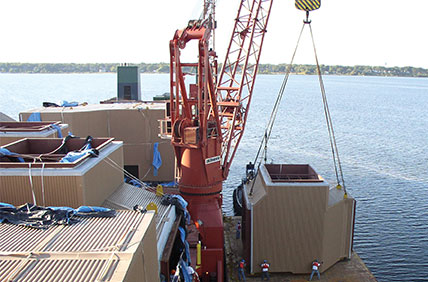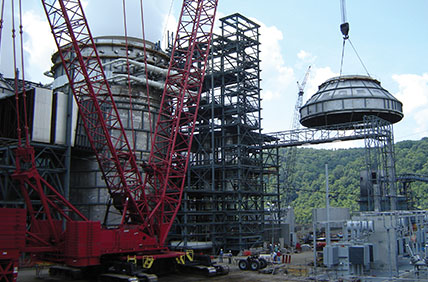The B&W Learning Center
Leading the world in clean power production technology
Design for Constructability

Design for Constructability
The Construction Industry Institute (CII) defines constructability as a process of optimum integration of construction knowledge and experience into project planning, design, procurement, and field operations to achieve overall project objectives. CII recognizes that maximum benefits are achieved when people with construction knowledge and experience are involved with the project from its inception and continue throughout its duration. The ability to influence overall project costs is greatest at the beginning of the project and diminishes with the progression of time.
Historically, the term constructability was generally associated with the quality of the various engineering groups’ approaches to erecting components. Specifically, it referred to issues or potential assumptions made in association with the designer’s intent that could preclude a component from being satisfactorily built or inspected (including errors and omissions). Information that lacked clarity was typically resolved through various means including drawing revisions, requests for information, engineering memoranda, and nonconformance reports. Resolution almost always increased cost as a result of rework and/or field delays while awaiting the design engineers’ disposition. To avoid these added costs and delays, many long-term projects now implement constructability reviews of these design outputs prior to the start of construction.

The endorsement of CII’s philosophy and recognition of the inherent benefits of designing for constructability provide the foundation for a successful project. The common goal is to ensure the timely delivery of a quality engineered product that is erected safely, efficiently, and cost effectively, subject to specific project constraints. This is accomplished when the project managers, superintendents, and construction engineers collaborate with the design engineers early in a project’s development cycle.
Since construction costs for some projects can exceed 50% of a total project, the cost of labor presents both the greatest opportunity and greatest risk for almost any project. A design for constructability seeks to minimize impacts and improve productivity through the elimination of rework and/or corrective action, improve material deliveries, and incorporate some type of modularization.